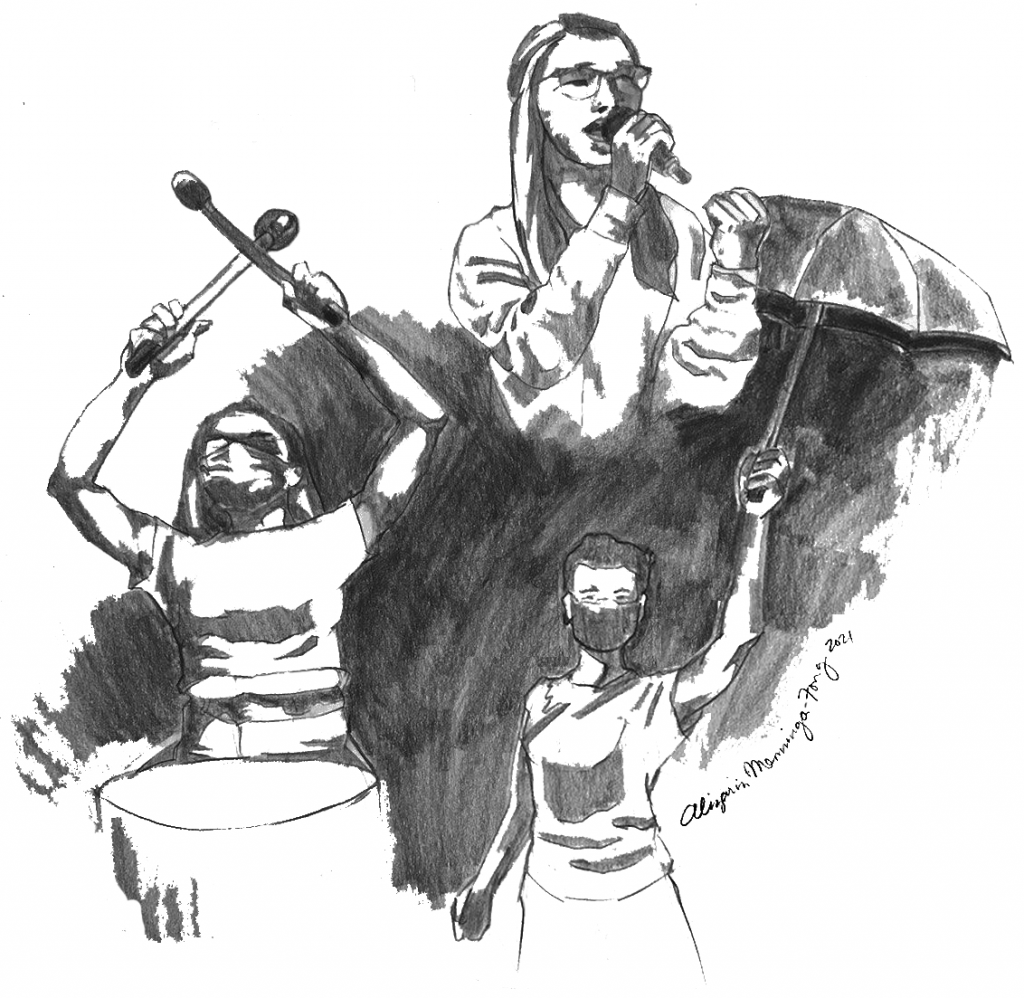International Roundtable 2021 Student Protests: Unsettling Power Relationships and Cultivating Radical Hope
Contact
Kofi Annan Institute for Global Citizenship (IGC)Markim Hall, Third Floor 651-696-6655
651-696-6750 (fax)
igc@macalester.edu
facebook twitter

“The cost of liberty is less than the price of repression”
—W.E.B. Dubois
In recent years students across the globe have taken to the streets armed with their voices, banners, artistic creations, digital technology and social media, to protest against racial injustices and police brutality, gun violence, inaction on climate change, gender violence and femicide, the privatization of education, neoliberalism, and anti-democratic regimes and political corruption. The proliferation of mass protests, despite the coronavirus pandemic, suggest that young people are not willing to put off their needs and demands for a just world any longer. In the United States college students across the country joined the Black Lives Matter movement and staged demonstrations in 2014 after a grand jury decided not to indict the police officer who shot Michael Brown, an unarmed teenager. Since 2011 ongoing student-led protests in Chile against college admission tests, the hike of subway fares and the privatization of education have contributed to unmask the extreme inequities behind Chile’s supposed “economic miracle.” In Hong Kong students have joined the fight for democracy since 2019 and are at the heart of the city’s protests despite Beijing’s intensifying repression. In Nigeria students draw inspiration from the Black Lives Matter movement to claim “Nigerian Lives Matter” and protest against security forces whose repression against protesters goes back to 2012 when Nigerians were protesting against the rise of oil prices and political corruption. In South Africa, students protested in 2015 against universities’ institutional racism and demanded the Africanization of the university. At present, students in Burma are taking a leading role in the protests against the military dictatorship after the coup in February 2021. The discontent, anger and sense of urgency of recent student protests echo other historical times such as the worldwide university uprisings in 1968, the Apartheid divestment of the 1970s and 1980s, the Tiananmen Square student-led pro-democracy demonstrations, the 1989 Velvet revolution, just to name a few. What does it mean that fifty years later student protests are on the rise? What is the transformative power of student protests? How do student protests past and present differ? Do recent student demonstrations signal a new trend of dissent? What do recent protests say about activism on college campuses today? Have they sparked a new wave of student engagement or is it a transitory outcry clamor?